The holy water of "San Clemente in Rome" end 19th century Hand made faithful reproduction with or without the coat of arms of the base made in 3 pieces. Italy Measures: height 150cm diameter 80cm width: 80 cm The Basilica of Saint Clement Lateran is a complex of buildings in Rome, Italy centered around a Catholic church dedicated to Pope Clement I. The site is notable for being an archaeological record of early Rome's religious, political, and architectural history. from the Christian era to the Middle Ages. The old church was transformed over the centuries from a private home that was the site of clandestine Christian worship in the first century to a grand public basilica in the sixth century, reflecting the growing legitimacy and power of the emerging Catholic church. The house was originally owned by a Christian consul and martyr, Tito Flavio Clemente, who was one of the first Roman senators to convert to Christianity. He allowed his house to be used as a secret meeting place for his fellow Christians, which religion was then prohibited. There is evidence of a pagan cult at the site. In the 2nd century members of a Mithraist cult built a small temple dedicated to Mithras in an insula, or apartment complex, on the site. This temple, used for initiation rituals, lasted until around the end of the 3rd century. Excavations in the 1860s revealed the first forgotten basilica underlying the medieval one. In the late 4th or early 5th century, after Christianity had become the official religion of Rome, the small church was enlarged, acquiring the neighboring insula and other nearby buildings; the architects began to work on the complex of rooms and patios, building a central nave on the site of the previous church, and an apse on the previous mithraeum. The new church was dedicated to Pope Clement I, a first-century Christian convert and a contemporary of Titus Flavius Clement. Restorations were undertaken in the 9th century and around 1080-99.1 Apart from those in the Church of Santa Maria Antiqua, the most extensive collection of wall paintings from the early Middle Ages are those found in the lower basilica of San Clemente. Over the following centuries, San Clemente became a "beacon" for church artists and sculptors, benefiting from the generosity of the Byzantine Empire. Currently, it is one of the most richly decorated churches in Rome. The last great event that occurred in the lower basilica was the election in 1099 of Cardinal Rainerius of San Clemente as Pope Paschal II. The current basilica was rebuilt in a campaign by Cardinal Anastasius, c. 1099-h. 1120, after the original church was burned to the ground during the Norman sack of the city under Roberto Guiscardo in 1084.2 Irish Dominicans have taken over St Clement's since 1667, when England outlawed the Irish Catholic church and expelled all clergy. Pope Urban VIII gave them refuge at San Clemente, where they have remained, running a residence for priests studying and teaching in Rome. The Dominicans themselves carried out the excavations in the 1950s in collaboration with Italian archeology students. On a wall in the courtyard is a plaque affixed by Pope Clement XI, praising Saint Clement, declaring, "This ancient church has withstood the ravages of centuries." Clemente undertook restorations of the venerable structure, which he found dilapidated. He selected Carlo Stefano Fontana, Carlo Fontana's nephew, as architect, who erected a new façade, completed in 1719.3 The carved and gilt ceilings of the central nave and side aisles, filled with paintings, date from this time, as do the frescoes. . In a side chapel there is a sanctuary with the tomb of Saint Cyril of Saints Cyril and Methodius who created the Glagolitic alphabet and Christianized the Slavs. Pope John Paul II used to pray here sometimes for Poland and the Slavic countries [1]. The chapel also houses a Madonna by Sassoferrato. The current cardinal priest of the title of Saint Clement is Adrianus Johannes Simonis, emeritus archbishop of Utrecht in the Netherlands. Pope Paschal II (1076-1099) was one of those who previously held the titulus.
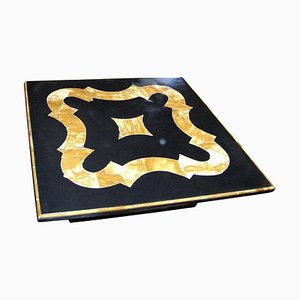



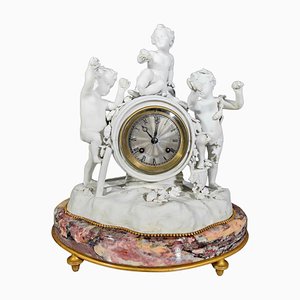

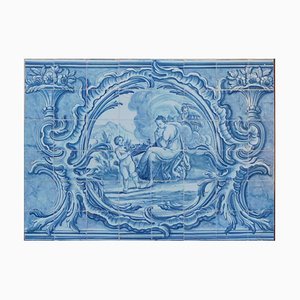

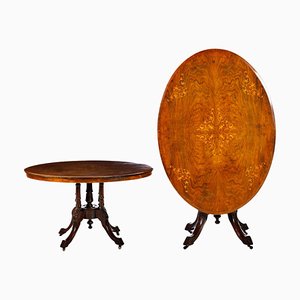



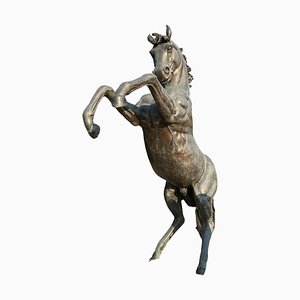
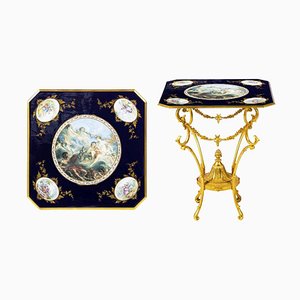

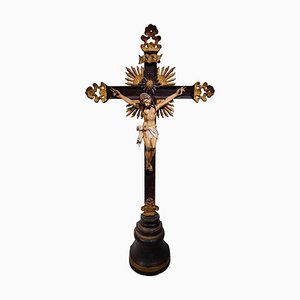




Get in Touch
Make An Offer
We noticed you are new to Pamono!
Please accept the Terms & Conditions and Privacy Policy
Get in Touch
Make An Offer
Almost There!
To follow your conversation on the platform, please complete the registration. To proceed with your offer on the platform, please complete the registration.Successful
Thanks for your inquiry, someone from our team will be in touch shortly
If you are a Design Professional, please apply here to get the benefits of the Pamono Trade Program